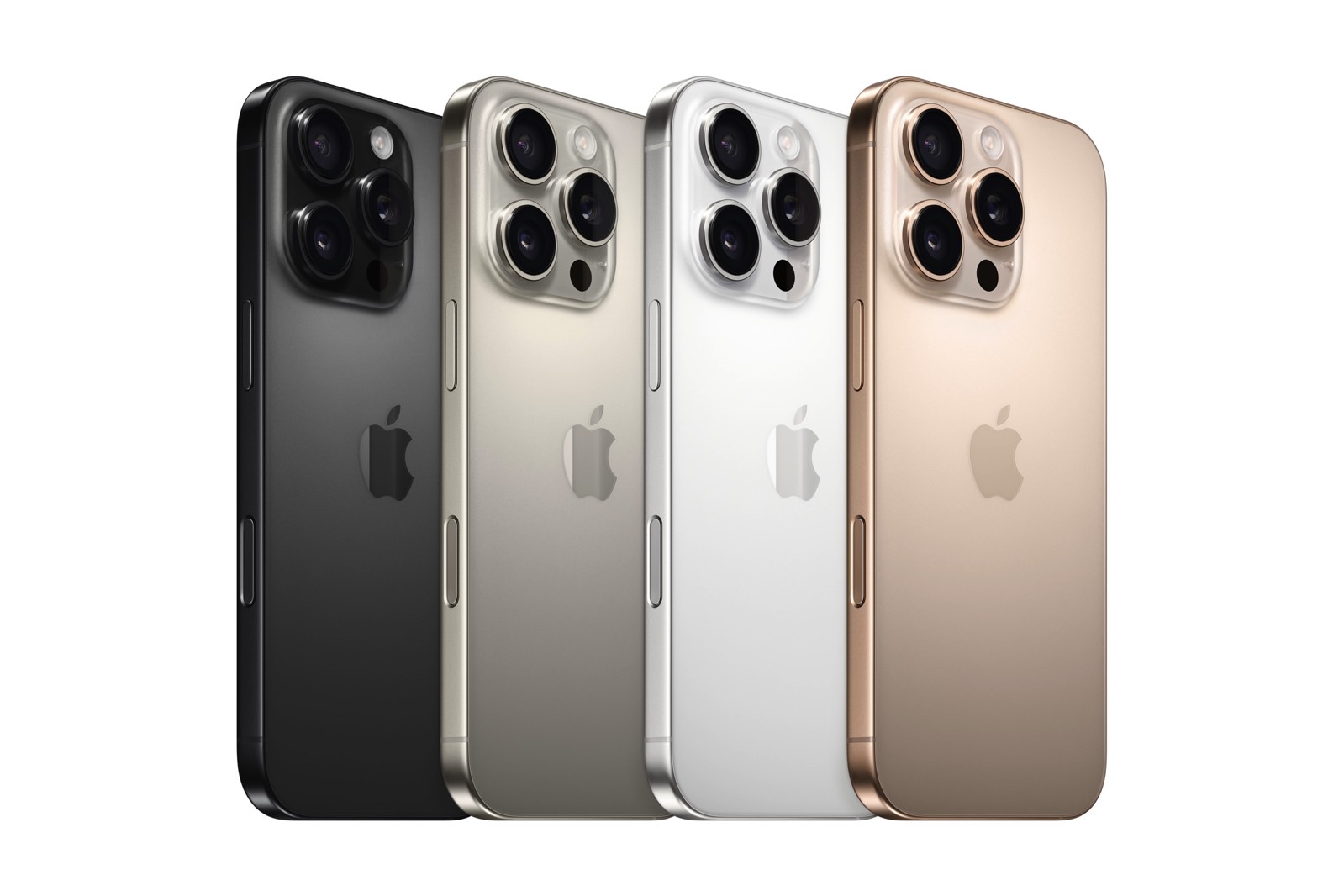Google has beaten Apple this year to introduce its latest hardware, including the Pixel 9 series. What’s more, this year’s flagship Pixel lineup includes as many as four models: Pixel 9, Pixel 9 Pro, Pixel 9 Pro XL, and Pixel 9 Pro Fold. I got my hands on the entry-level Google Pixel 9 smartphone, which offers the latest AI capabilities, camera advancements, and a few minor improvements at just Rs 79,999. Here, I share my two cents about the device, which attempts to take on both the upcoming iPhone 16 and other premium Android smartphones.
Verdict
The Pixel 9 is undoubtedly an intriguing device, with its design, compact form factor, and AI features making a strong impression. However, it falls short in key areas like portraits, battery, charging speeds, and the price-to-performance ratio. The handset is also lagging in the software, which should have been its standout feature.
Design and display
The Pixel 9’s design is a departure from Google’s signature camera visor and curved edges, which have been consistent on the Pixel smartphones since 2021. Instead, the Pixel 9 adopts flat edges, reminiscent of iPhones and Samsung’s latest flagships, along with an elongated oval-shaped camera module. This module features a dual-tone finish, combining matte grey and black on the obsidian colour variant we received for review. Although the module protrudes noticeably, its flat, elongated design with curved corners prevents it from digging into your fingers or causing the device to wobble when placed on a flat surface.
| Pixel 9 | Samsung Galaxy S24 | Vivo X100 Pro | |
| Thickness | 8.5mm | 7.6mm | 9.5mm |
| Weight | 198 grams | 168 grams | 221 grams |
| IP rating | IP68 | IP68 | IP68 |
This new design also gives the Pixel 9 a premium feel and makes it easier to hold. The edges are nicely curved and feature a matte finish, adding to its elegance. However, I wish this matte finish extended to the back, as the glossy finish on the glass panel attracts fingerprints and smudges. This made the device a bit slippery, leaving me nervous about using the Pixel 9 without a case during my review.
With its new 6.3-inch OLED panel – marketed as an Actua display, the Pixel 9 feels compact and comfortable for one-hand usage. The display doesn’t extend to the edges: there are thin but noticeable bezels, which feel noticeable for a premium flagship. Even the punch-hole setup for the selfie camera on the screen isn’t compact enough to not attract attention. Another area where the Pixel 9 could have done better is its FHD+ display resolution. Many smartphones for the price now come with QHD+ resolution for superior picture and image quality.
| Pixel 9 | Samsung Galaxy S24 | Vivo X100 Pro | |
| Display size | 6.3-inch OLED | 6.2-inch Super AMOLED | 6.78-inch AMOLED |
| Peak brightness | 2,700 nits | 2,600 nits | 3,000 nits |
Be that as it may, the Pixel 9’s display is good to look at both indoors and outdoors. The HDR10+ support and 120Hz adaptive (sadly, not dynamic, which could have saved some battery) refresh rate ensure crisp visuals and smooth animations, respectively. The 2,700 nits peak brightness offers respectable if not impressive, outdoor visibility under direct sunlight. The display is protected by Corning Gorilla Glass Victus 2 to match the sturdiness of the design, which is IP68 water and dust-resistant certified.
Additionally, Google has partnered with Qualcomm to include an ultrasonic 3D Sonic Gen 2 fingerprint scanner on the Pixel 9 lineup, which is said to be 50 percent faster than the Pixel 8’s optical scanner. Having used the Pixel 8 as my daily driver for a few months, I can vouch for the Pixel 9’s quick unlocking capabilities.
Cameras
The Google Pixel 9’s camera setup includes a 50MP Octa PD primary sensor with f/1.68 aperture and 82-degree field of view (FoV). This is paired with a 48MP Quad PD ultrawide lens that supports auto-focus, 123-degree FoV, and f/1.7 aperture lens. The telephoto lens is still reserved for the more expensive Pro models, but the primary sensor can provide up to 8x Super Res Zoom. The front camera is a 10.5MP snapper with f/2.2 aperture and 95-degree FoV for selfies and video calling.
Performance and software
At the core of the Pixel 9 lies Google’s new Tensor G4. While it is not drastically different from the previous Tensor G3 SoC, it is faster and the most capable Tensor chipset yet. Furthermore, the chipset is the first of its class that is designed to run Gemini Nano AI with multimodality to understand text, images, and audio. The AI aspect of the device has been discussed at length below. Stick around as we take you there after looking at the performance of the smartphone in real-world and synthetic benchmark apps.
The Pixel 9’s 12,84,962 AnTuTu score is the lowest for a 2024 flagship smartphone, as are Geekbench’s 1,711 and 4,545 single-core and multi-core test scores respectively. The handset’s performance also throttles significantly to 40.8 percent on our Burnout CPU throttle test. While it may not be ideal for demanding/intense activities, the handset can handle regular workload with ease. However, since it doesn’t have a vapour chamber cooling system like its Pro models, there is a noticeable spike in the thermals – nothing significant though. We tested the device with gaming, and during our lab tests, the device’s temperature increased by about 17 degrees—standard for a non-gaming smartphone—after playing BGMI, Call of Duty, and Real Racing 3 for 30 minutes each. Furthermore, the Pixel 9 ran these games on high graphics settings and showed no noticeable drop in frame rates.
The new Pixel flagship is usually where we first experience the latest Android versions out of the box. However, this year is different. The Pixel 9 comes pre-loaded with last year’s Android 14 OS, while Android 15 is reserved as an OTA update, counting as one of the seven major OS updates promised over the handset’s lifespan. This gives the Pixel 9 the same software support cycle as its predecessor, the Pixel 8, keeping both devices relevant until at least 2030.
Not just that, the Pixel 9 software experience is also pretty much the same as last year. While it’s a bit buggy, the software remains clean, with only 37 pre-installed apps—all of which are Google’s own. That said, the company has introduced new features, apps, and an array of AI capabilities. Guided Frame, which assists people with low vision by providing audio and haptic feedback for selfies, and Audio Emoji, which offers six preset emojis for reacting to callers with audio cues are some examples. As entertaining as it may sound, the Audio Emoji feature feels somewhat redundant. On the other hand, the Call Notes feature, which is intended to provide a ‘completely private’ summary after a call, seems like a more useful one, but it wasn’t available in my unit at the time of writing this review.
| Pre-installed apps | OS updates | |
| Pixel 9 | 37 | 7 years major, 7 years security |
| Samsung Galaxy S24 | NA | 7 years major, 7 years security |
| OnePlus 12 | 41 | 4 years major, 5 years security |
Other features that aren’t available on the Pixel 9 yet include the all-new Pixel Studio app, which lets users generate AI images with text prompts and satellite connectivity for SOS Emergency service. The latter is confirmed to arrive in “Winter 2024” exclusively in the USA. In the meantime, users can take advantage of new apps like Screenshots, Weather, and Gemini, all of which are enhanced with AI to improve usability.
AI features
AI is the key selling point of the Pixel 9, and Google has not only enhanced the capabilities introduced with the previous-gen Pixel 8 but has also added several new ones. It starts with Gemini. While not exclusive to the smartphone, Google uses the Pixel 9 to showcase Gemini’s full potential. Integrated into the power button and activated with a long press, Gemini is seamlessly layered atop Google apps and Android, offering assistance in every possible way.


The company is providing a one-month free subscription of Gemini Advanced with the Pixel 9 (apparently, it is for a year for Pixel 9 Pro users) that offers features like Gemini Live to have a free-flowing conversation with the AI that can be interrupted or personalised with 10 preset voices. While this feature is handy, works seamlessly, and provides a natural experience, I wish it also transcribed conversations as they happened, rather than just providing a summary later. Moreover, the feature comes with a recurring cost of Rs 1,950 per month, which could be a steep price for some.
Another useful feature of Gemini is its cross-platform support. It can work with the new Google Screenshots app, which stores all your screenshots (in addition to the Google Photos app), and lets you pull them up as and when required with a simple search. It can also summarise the screenshot and is said to be on-device, and since this process is on-device, your data remains secure without requiring an internet connection. Similarly, in the new Weather app, Gemini can generate a summary report of the weather and what to expect. The app is also more useful than ever, showcasing weather details in the form of widgets that can be arranged per your priority.


Gemini can generate summary reports of important emails and even communicate with you through images. Simply upload an image and ask the AI to generate ideas, such as a solution to a mathematical equation. Google has promised to release new extensions of the AI assistant in the coming weeks, expanding its features to additional apps like Calendar, Keep, Tasks, YouTube Music, and more.


Similar to Samsung’s Galaxy flagships, the Pixel 9 also boasts a circle-to-search feature, which looks into the internet about the subject you circled in the frame to offer relevant results. You also get generative AI features to help tweak an existing image. Google has also upgraded its AI photo editing tool, Magic Editor. It now offers the capability to completely transform an image’s appearance—not merely removing objects or repositioning subjects—to the extent that you might wonder, ‘What is a photo?’ Check it out yourself in the image below.
Battery and charging
The Pixel 9 features a 4,700mAh battery, the largest ever in Google’s entry flagship. This allowed the handset to achieve a score of 11 hours and 48 minutes on the PCMark battery test—a decent result, though not as impressive as the Samsung Galaxy S24, which lasted longer with a smaller 4,000mAh battery.
In our tests, the Pixel 9’s battery optimisation proved to be fairly standard, consuming 25 percent of battery life during a 30-minute YouTube streaming session and a 90-minute gaming session combined. However, better management could be expected. The Pixel 9’s standout features such as AI photo editing tools and cameras significantly drain the battery, making it necessary to recharge the device at least once to get through the day, even with just a few hours of use.
Charging the device isn’t particularly fun either. I had hoped that Google would listen to our complaints about the previous model and offer faster charging speeds with the Pixel 9. But, as it turns out the handset supports only 27W wired charging, which takes a considerable amount of time to fully charge. Even the wireless charging is capped at a maximum of 15W. Starting from 20 percent battery, it took 78 minutes to reach 100 percent using wired charging with a compatible PD charger, which had to be purchased separately. The handset is only bundled with a Type-C to Type-C charging cable with the box. The company has even removed the OTG adaptor that used to ship with the device till last year’s model.
| Phone | Charge Time (20-100 percent) |
| Pixel 9 (27W) | 74 minutes |
| Samsung Galaxy S24 (25W) | 77 minutes |
| Vivo X100 Pro (100W) | 30 minutes* |
*From 0-100 percent
Final verdict
As innovative as it may sound, the Google Pixel 9 is not an easy recommendation for its asking price of Rs 79,999. Its AI features like Gemini, Circle to Search, and generative image are not exclusive to the smartphone. Gemini is accessible on all Android smartphones, and Samsung offers comparable AI capabilities with Galaxy AI on its flagship S24 and foldable models. Additionally, the Pixel 9 falls short in portrait photography and battery life and underperforms in display resolution, performance, and charging speeds. The handset also feels half-baked, with the latest Android OS and features like Photo Studio and Call Notes, not available out of the box.
That said, the Google Pixel 9 can be considered for anyone looking for a compact flagship with a clean UI and seven years of software support. The handset also excels with its good daylight and lowlight cameras, Add Me mode for group photos, and advanced AI editing Magic Editor tool. The entry-level Pixel gets the same Tensor G4 chipset as the Pro models, which means similar performance can be expected, although it lacks advanced thermal management.
Editor’s rating: 7.5 / 10
Reasons to buy
- The design is sleek and compact and offers a premium in-hand feel.
- Useful AI features with deeper integration of Gemini AI assistant.
- Camera performance is good in both daylight and low-light conditions.
- Long-term software support, with clean software experience.
Reasons not to buy
- Portrait photography offers inconsistent edge detection
- 27W wired charging support takes aeons to charge.
- While clean, the software is not the latest and feels buggy.
- FHD+ display resolution and adaptive refresh rate are dated for a premium device.






